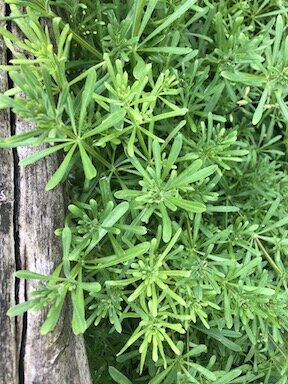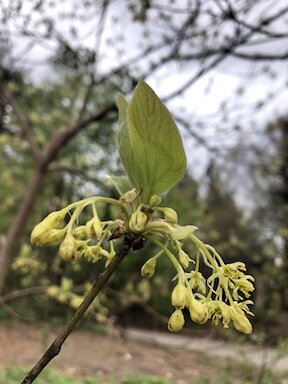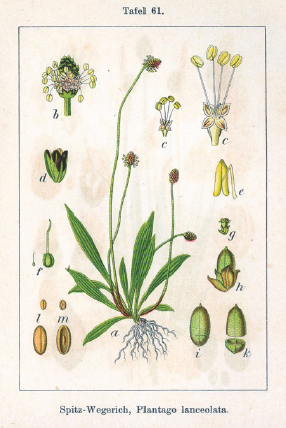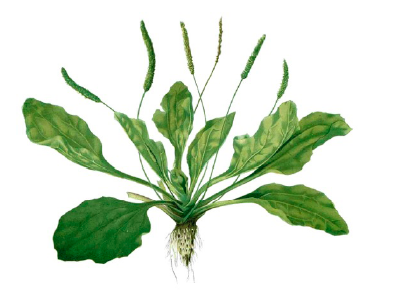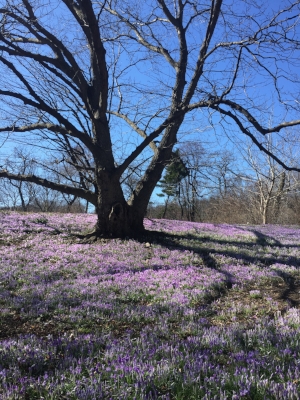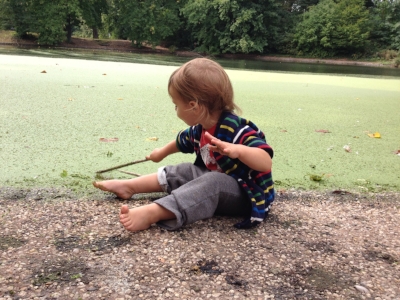Do you know how you got to where you are now?
Do you know who got you to where you are now?
Photo by nate rayfield on Unsplash
If I believed that time was linear, and if I were a linear kind of thinker, I’d start at the perceived beginning.
Or at least the beginning that we think we know about.
The beginning of the Universe.
We call it the Big Bang.
We were all born those billions of years ago in that explosion of massively condensed potential energy.
We hurtled through space-time to where we are now.
The Universe is the original parent and sustainer of us all and we are a living expression of the miracle of this existence.
In more recent history, my personal story goes,
I was born in this human form to two parents, a Mother (Leslie) and Father ( John), who came from their Mothers (Virginia and Rose, respectively) and Fathers (Robert and Delfino, respectively) before that and their Mothers and Fathers before that and so on. To the beginning of humanness as we understand it.
I realized in researching my family history that, if you go back far enough, it becomes obvious how interrelated we all are.
I learned a decent amount about my lineage, at least on my mother’s side. This is a privilege. Some of my ancestors were good record keepers. Some are the kind of folks you’d find in history books. Most of them, at least those born in the time of recorded history, are what we call white. Before the idea of whiteness, they were called by other names, but whiteness erased their identity. Whiteness robs people of culture.
To honor these ancestors and to honor all humans, I try to bring the wisdom of their indigenous ancestors into my life. My matrilineage includes what we now call Celtic peoples. I study what we know about them (thanks to folks like Sharon Blackie, Philip & Stephanie Carr Gomm, and others), including their herbal traditions that I then share about in my classes.
Maybe some day I can honor my father’s ancestors in a similar way. Currently I’m not able to find any family records pre-dating my Portuguese grandfather, Delfino Neves, who came to the US in the 1920s. Nor for my Sicilian great-grandparents, Salvatore Boccino and Jennie Broncato (or Boccini and Broncata, respectively – those immigration records are fuzzy), who arrived here in the 19aughts. I can, however, study the herbal traditions of these folks, and bring them into my classes, too.
My human body would not be here without the bodies of these ancestors.
It also wouldn’t be here without the Ancestors of Place. The ancestors of First Peoples – those who stewarded the land where I live (Lenapehoking) and the land my mother’s ancestors colonized (Tsenacomoco/Werowocomoco - I have ancestors from there, too) – who lived in the kind of reciprocity with Earth that ensured the continuance of the plant and animal lives we depend upon.
The Ancestors of Place also include those who were forced from their motherland Africa and enslaved to work this land, to sustain the lives of all the people who live here. I think of the hands and bodies of those who fed my ancestors, both Indigenous and Black, and I’m overcome with both sadness and gratitude. I would not be here in this body without them.
My body (and yours) also wouldn’t be here without Bacteria, Fungi, Stones, Rivers, Nematodes, Wind, Birds, Fish, Furred Creatures, Sun, Moon,
and the Plants.
Perhaps the most generous of all of the Earth beings we encounter every day. The vitamins and minerals they produce and draw up from the soil nourish us. The sunshine they store in their cells sustains us. Our clothing and shelter and furniture come from them. Even the fossil fuels that we currently burn for energy and the all-pervasive plastic we depend upon (and hopefully won’t need to in the years to come) are derived from ancient plants and animals.
I am most grateful for the gifts of these ever-giving green ancestors, including the pleasure I receive from their beauty and their medicine.
The birth of my son changed me entirely body & soul. Wow! So grateful for the gifts of being a portal for another life, and for the daily lessons I receive from parenting this child.
I don’t know where I’d be without the wisdom and experience of my human teachers (or their teachers’ teachers’ teachers’). The ones who passed down their knowledge, often in secret and at the risk of their lives.
Thank you, Irma StarSpirit Turtle Woman, for generously sharing your teachings of the Healing Drum, the Dreamingway, and so many more healing life skills that benefit so many folks.
Thank you, Robert Moss, for your passion and dedication to inspire so many with your Dream teachings and experiences.
Thank you to the many teachers of Plant Wisdom I’ve learned from either directly, online, or through their writings: Robin Rose Bennett, Peeka Trenkle, Karen Rose, Jacoby Ballard, Aviva Romm, Rosemary Gladstar, Matthew Wood, Robin Wall Kimmerer, Stephen Harrod Buhner, Rosalee de la Forêt, Jim McDonald, Julia Graves, 7Song, dear friends Pam Turczyn & Sokhna Heathyre Mabin, and many more.
Thank you, Leda Meredith, dear friend and Foraging Fairy Godmother for inspiring my current life path and for dropping the opportunity of Northeast Medicinal Plants in my lap.
Thank you, Adriana Magaña and Andrew Faust for your awesomeness and sharing your knowledge and experience of permaculture with the world.
Thank you, Aki Hirata Baker, for your friendship, wise guidance, warm welcome into the MINKA family, and for sharing the teachings of the Toltecs.
There are some whom I won’t thank publicly, humans I hold dear & close to my heart. Pretty sure you know who you are. Thank you for your faithful friendship and daily support.
I’m also grateful for the experiences that moved me to the path I’m on, including the ones that helped me discern the path I don’t want to be on. It’s an ever-evolving dance and flow, this human experience thing. I’m learning more each day what it means to be human, to be fully awake and alive in this gift of a body, this gift of Being.
Thank you to you who are reading this. I’m grateful you are here. And I honor you, too. We are connected by a shared thread of existence, in a vast and wondrous Universe – this wild world we call home.
“You can’t really know where you are going until you know where you have been.”
